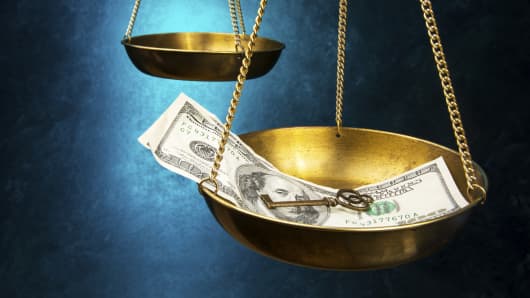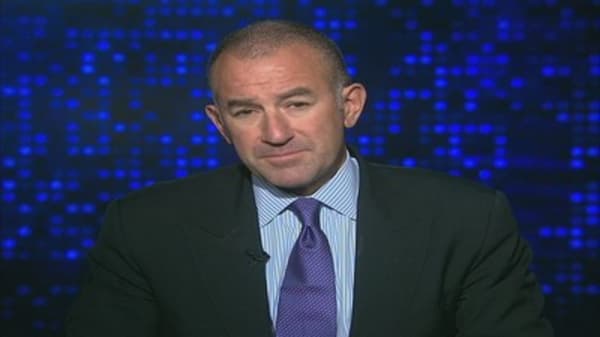Of course, you can just hear the politicians in Washington bemoaning the loss of tax revenue that would come with such a change. To make up for this, there are a couple of easy fixes.
First, stop the double-dipping that some state and municipal employees have. Many of these people are allowed to contribute to both a 401(k) and a 457 plan [Editor's note: A 457 plan, available to government employees, is similar to a 401(k) but has no 10 percent early withdrawal penalty.] This lets them sock away up to $46,000 per year on a pretax basis.
Read MoreInvestors fear retirement unknowns
Second, as there are roughly 80 million 401(k) plan participants, simply reduce the maximum they can contribute, just a bit, to make up for the difference in tax revenue.
Providing parity among retirement plans will certainly not eliminate the upcoming retirement crisis, but it is an important step in the right direction.
—By Scott Hanson, special to CNBC.com. Hanson, a certified financial planner, is a senior partner at Hanson McClain Advisors in Sacramento, California.




